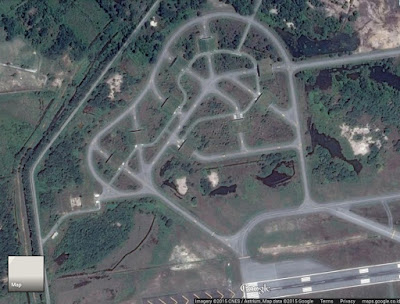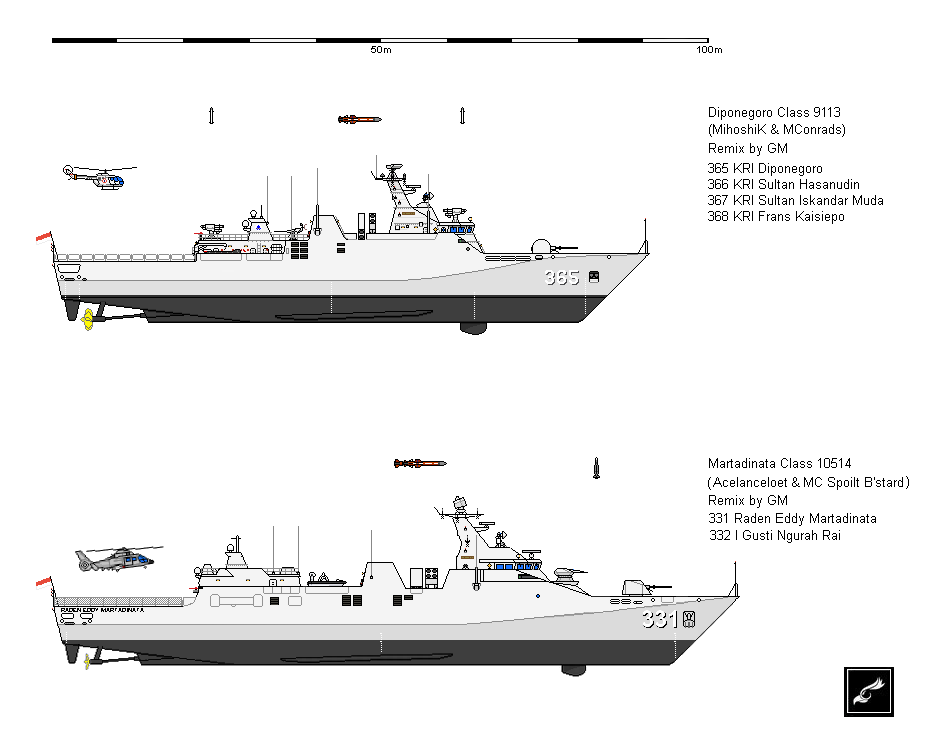You are using an out of date browser. It may not display this or other websites correctly.
You should upgrade or use an alternative browser.
You should upgrade or use an alternative browser.
South East Asia Military News, Reports, Data, etc.
- Thread starter paintgun
- Start date
Jura The idiot
General
Mar 22, 2015

Nav Radars for LCS
finally found some newsmore on the Malaysia LCS:
LIMA 2015: Malaysia selects NSM, VL Mica for littoral combat ships
source:
Nav Radars for LCS
... etc. (gotta go now); source, with pictures inside:The nav radars for the first LCS has been delivered to the Boustead Naval Dockyard in Lumut, recently. The radars are the Kelvin Hughes Sharpeye in the E/F-band (X &; S-Band), industry sources told Malaysian Defence. The nav radars will be be installed on the DCNS-designed panoramic sensors and intelligence module (PSIM). The PSIM combines an integrated mast, complete with the main radar (Thales Smart-S Mark 2 3D radar) under the radome and all the other sensors, plus the ops rooms and the associated equipment compartments into a single module.
It is likely that LCS’s PSIM module is already undergoing assembly and once completed, it will be used to conduct system and integration tests at the BNS facility. During the construction of the Kedah-class, the ship’s CMS also underwent assembly and testing on land in Lumut before they were installed on the intended vessels.
Once the ship is launched, the PSIM module will be hoisted into its location amidships just behind the bridge.
For the first LCS, the mating of the PSIM module is likely to be conducted by the second half of 2017 as the ship is only expected to be launched by April.
With two Sharpeyes per ship, Kelvin Hughes will supply 12 radars for the LCS programme. And a dozen more will also be needed for second batch of the LCS as envisioned by the RMN’s 15 to 5 plan.
Apart from the LCS, the Sharpeyes were also selected for the two RMN training ships, Gagah Samudera and Teguh Samudera. Both ships have had these radars installed on them as they are prepared for commissioning. These nav radars were stored for some three years as the ships were left uncompleted after the shipyard went belly-up. The ships are fitted with a single Sharpeye radar each.
Industry sources also told Malaysian Defence that the same Sharpeye radars have been selected for the six New Generation Patrol Craft (NGPC) being built by Destini Bhd for the Malaysian Maritime Enforcement Agency (MMEA). The first NGPC is expected to be launch by year end.
...
Jura The idiot
General
Jura The idiot
General
found this:



that's what I call exoticHardened aircraft shelters at the western end of Runway 08/26 at Gong Kedak airbase house Malaysia's most advanced warplanes, the Sukhoi Su-30MKM.
Jura The idiot
General
Sep 28, 2016
South Korean HHI to build two frigates for the Philippines
the most recent is:
South Korean HHI to build two frigates for the Philippines
source:South Korean shipbuilder Hyundai Heavy Industries (HHI) announced today that it signed a contract to build two 2,600 ton frigates for Philippine Navy.
The frigates will be designed as a smaller version of the Incheon-class frigate which is already in service with the Republic of Korea Navy.
According to HHI, the 107 meter frigates will be propelled with a CODAD (Combined Diesel and Diesel) propulsion system reaching maximum speeds of 25 knots.
With a projected range of 4,500 nautical miles range at a cruising speed of 15 knots, the ships will be operable up to Sea State 5, it was further said.
The first frigate is scheduled for delivery in 2020.
According to Lloyd’s List, the deal is worth Won370bn ($327.0m).
The construction deal was signed in Manila, Philippines, was attended by Chung Ki-sun, executive vice president of Corporate Planning Office of HHI, Delfin Lorenzana, Philippines’ Defense Secretary and Kim Jai- shin, Korean Ambassador to Philippines.
Jura The idiot
General
Jane's has more:
Hyundai discloses further details of Philippine Navy's new frigates
don't have an access to the rest of the sourceSouth Korean shipbuilder Hyundai Heavy Industries (HHI) has given further details of the two frigates that it will be constructing for the Philippine Navy (PN).
- Hyundai Heavy Industries has revealed further details of the two frigates that it will build for the Philippine Navy
- The platform is slightly smaller than anticipated, but said to inherit main design features of South Korea's Incheon class
The details were given in a media release on 24 October announcing that the contract to build the ships has been formally signed with Philippine defence secretary Delfin Lorenzana. HHI received a notice of the PHP15,744,571,584 (USD311 million) award earlier in 2016.
The company was previously reported to have won the contract with a design based on the company's HDF-3000 multipurpose frigate design, which features an overall length of 114.3 m, and has been used as the basis for the Republic of Korea Navy's (RoKN's) Incheon (FFX-I)-class guided-missile frigates.
HHI has since disclosed in its media release that the platform will instead feature overall length of 107 m, a standard displacement of about 2,600 tonnes, and an operational survivability up to Sea State 5. The frigate has however been described by HHI as one that inherits main design features of the Incheon class, albeit with a lighter displacement.
The ship will feature a combined diesel and diesel (CODAD) propulsion system, and feature a maximum speed of 25 kt, with a standard range of 4,500 n miles at 15 kt.
HHI did not disclose in writing specific details of the platform's weapon systems, saying only that the frigates will be "heavily armed with missiles, torpedo, guns and sensors", and that they will be capable of anti-air, anti-surface, anti-submarine and electronic warfare.
However a computer generated image of the platform accompanying the media release shows an eight-cell vertical launching system (VLS) installed at the forward section, just behind the platform's primary weapon that will most likely be a 76 mm naval gun.





